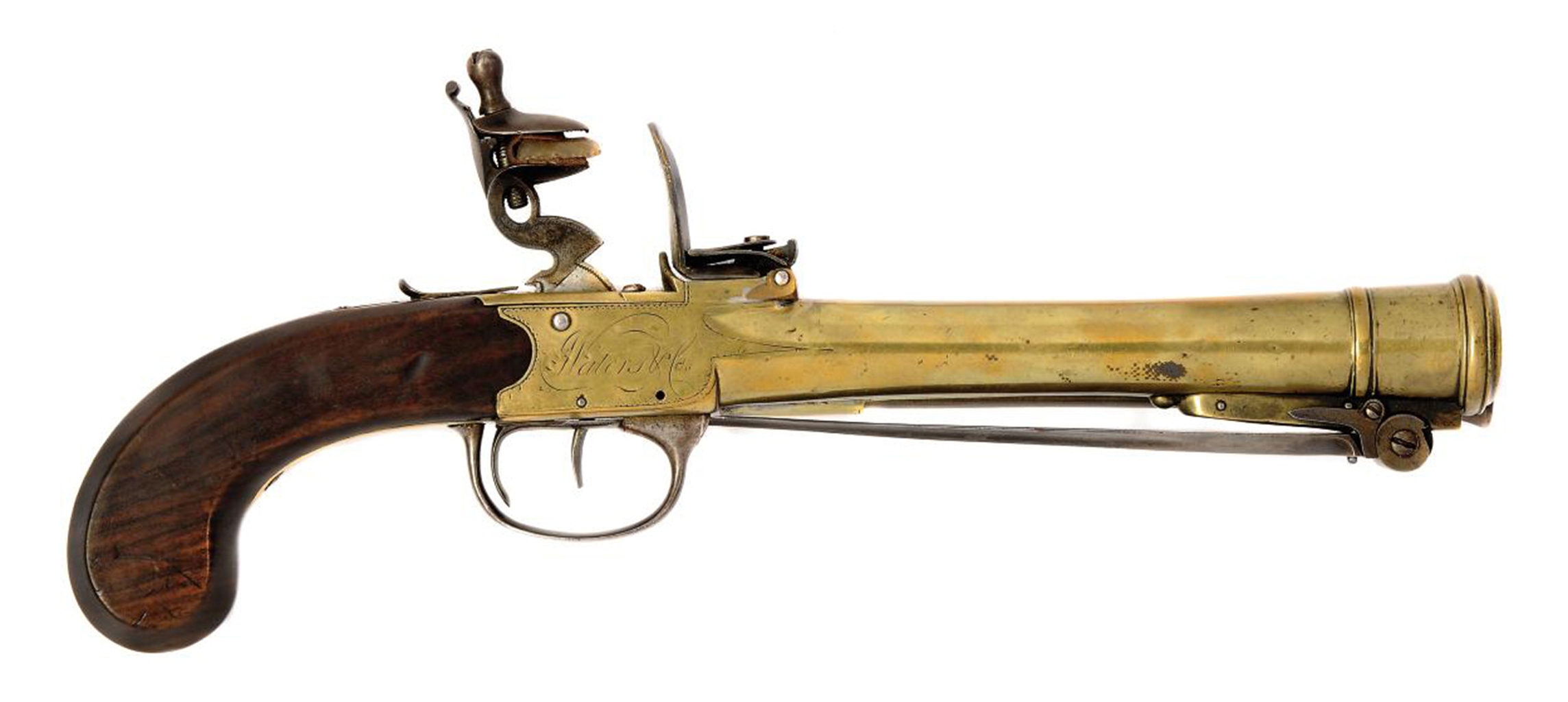- Joined
- Jul 5, 2012
- Messages
- 2,263
- Reaction score
- 3,625
The first is a series of discussions. Its easy to tell the difference between a smoothbore and a rifle right? Is it really? What happens when you have a flintlock pistol small enough to fit in your hand that's rifled? Anybody today would look at you for being nuts calling any pistol a rifle yet they may very well call a musket a rifle.
In your words just what is a blunderbuss? What differentiates it from a trabuco, an espignol a musketoon, a carbine? If a blunderbuss is simply a flared barrel the why isn't a swamped barrel a blunderbuss? Can a blunderbuss be a small boxlock or must if be fired from the shoulder? If a blunderbuss is a large bore with a smaller breech when does a blunderbuss become a mortar? Is a barrel that was flared for ease of loading a blunderbuss? Must the projectile be shot, ball, or??
In your words just what is a blunderbuss? What differentiates it from a trabuco, an espignol a musketoon, a carbine? If a blunderbuss is simply a flared barrel the why isn't a swamped barrel a blunderbuss? Can a blunderbuss be a small boxlock or must if be fired from the shoulder? If a blunderbuss is a large bore with a smaller breech when does a blunderbuss become a mortar? Is a barrel that was flared for ease of loading a blunderbuss? Must the projectile be shot, ball, or??











